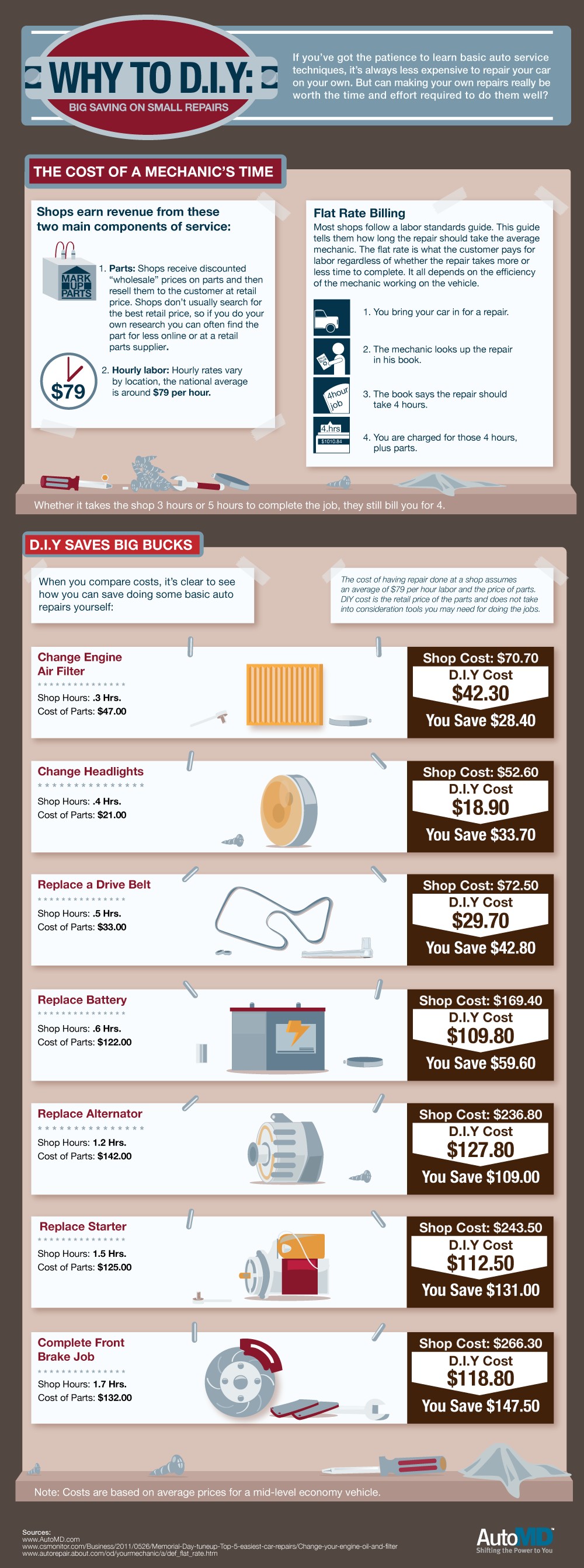Eager To Know What The Dashboard Warning Lights In Your Vehicle Signify? Discover Their Definitions For The Health And Safety Of Your Vehicle
Eager To Know What The Dashboard Warning Lights In Your Vehicle Signify? Discover Their Definitions For The Health And Safety Of Your Vehicle
Blog Article
Write-Up Developed By-Termansen Kejser
When you lag the wheel, those radiant caution lights on your dashboard can be a little bit perplexing. Do you recognize what they're attempting to inform you regarding your auto's health and wellness? Understanding the importance of these lights is important for your safety and security and the durability of your automobile. So, the next time one of those lights turns up, would not you wish to analyze its message properly and take the required steps to address it?
Common Warning Lighting and Interpretations
Determine common caution lights in your cars and truck and understand their significances to ensure secure driving.
One of the most common caution lights consist of the check engine light, which indicates problems with the engine or emissions system. If this light begins, it's vital to have your lorry inspected without delay.
The oil stress cautioning light shows low oil pressure, calling for immediate interest to stop engine damages.
A flashing battery light could suggest a damaged billing system, possibly leaving you stranded if not dealt with.
The tire stress monitoring system (TPMS) light informs you to reduced tire pressure, influencing vehicle security and gas performance. Neglecting this can lead to hazardous driving conditions.
The abdominal muscle light suggests an issue with the anti-lock stopping system, compromising your ability to quit rapidly in emergency situations.
Finally, the coolant temperature alerting light warns of engine overheating, which can lead to serious damage otherwise settled promptly.
Recognizing these common warning lights will assist you deal with concerns immediately and maintain risk-free driving problems.
Significance of Prompt Attention
Comprehending the common caution lights in your automobile is just the primary step; the relevance of promptly addressing these cautions can not be emphasized enough to guarantee your safety when traveling.
When a warning light illuminates on your control panel, it's your automobile's means of communicating a prospective problem that requires focus. Disregarding engine bay detailing can lead to a lot more extreme troubles later on, jeopardizing your security and possibly costing you extra out of commission.
Motivate interest to alerting lights can avoid failures and crashes. As an example, a flashing check engine light can show a misfire that, if left ignored, can trigger damages to the catalytic converter. Resolving https://www.inquirer.com/philly-tips/winter-car-tips-freezing-weather-20210201.html can conserve you from a costly repair.
Similarly, a brake system alerting light could signify reduced brake fluid or worn brake pads, crucial elements for your security when driving.
DIY Troubleshooting Tips
If you see a caution light on your dashboard, there are a couple of DIY repairing ideas you can attempt before looking for expert help.
The initial step is to consult your vehicle's guidebook to recognize what the particular warning light suggests. Often the problem can be as straightforward as a loose gas cap triggering the check engine light. Tightening the gas cap might settle the problem.
An additional common issue is a reduced battery, which can trigger various cautioning lights. Examining the battery connections for corrosion and ensuring they're safe could repair the problem.
If a warning light persists, you can attempt resetting it by separating the automobile's battery for a few minutes and then reconnecting it. Furthermore, inspecting your lorry's fluid levels, such as oil, coolant, and brake fluid, can help fix alerting lights associated with these systems.
Verdict
In conclusion, recognizing your car's caution lights is necessary for maintaining your car running smoothly and safely. By promptly dealing with these signals and knowing what they mean, you can avoid costly repairs and prospective failures.
Keep in mind to consult your vehicle's manual for particular details on each advising light and act as necessary to make certain a trouble-free driving experience.
Keep informed, remain safe when traveling!
